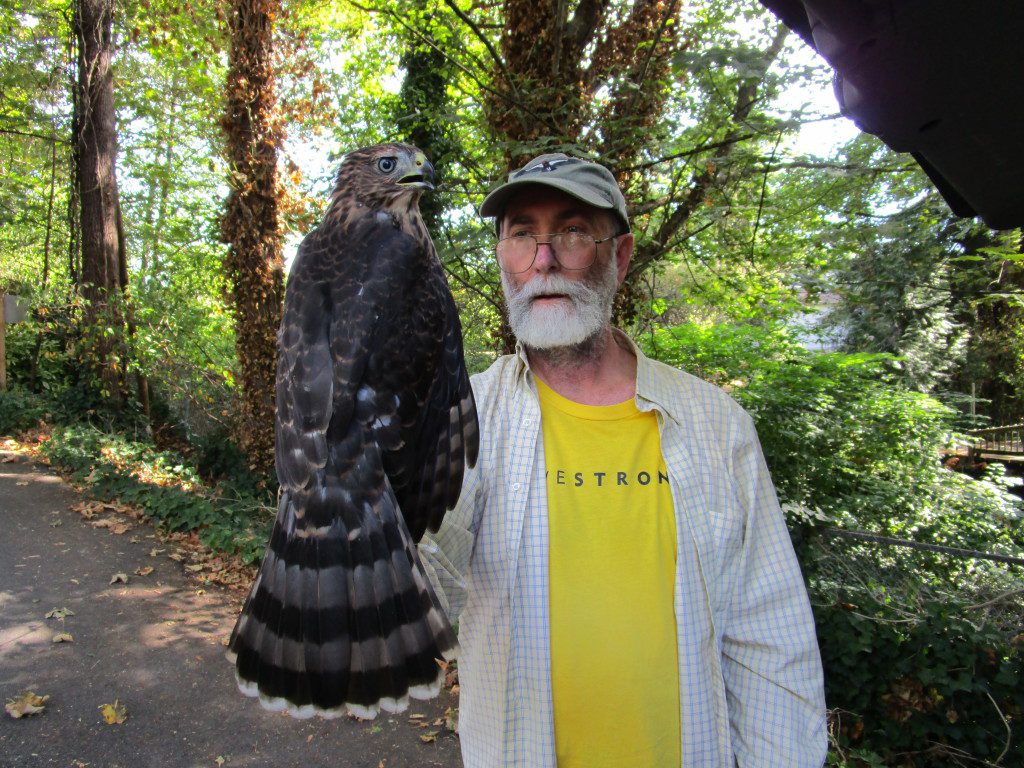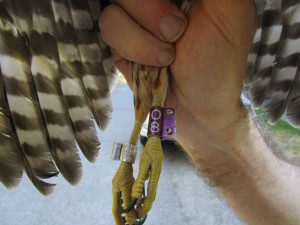Every year since 2002 a group of volunteer raptor enthusiasts keep their eyes on the sky and complete 10-month study on Seattle’s Cooper’s Hawks.
The study was started by Jack Bettesworth and has been spearheaded by Ed Deal since 2012. Deal logged more than 700 site visits between February and October and his group of volunteers logged hundreds more. Deal said the study has three main goals.
First, the volunteers try to census the city of Seattle and figure out how many Cooper’s Hawks’ nests exist each year. This year the group located 41 nest-building pairs between February and September and 34 of those pairs successfully produced young who lived to fly.
In 2015, 28 nest sites were located in Seattle Parks and Recreation’s parks and greenbelts. Twelve were in private yards and one was located at the University of Washington. The most popular choice of nest tree was Big Leaf Maple (21), followed by Douglas Fir (11), Madrona (7), W. White Pine (4), E. White Pine (1), Alder (1), W. Red Cedar (1), Deodar Cedar (1), Hemlock (1), Cottonwood (1), English Oak (1), and unknown (3).
The second goal is to count how many young each nest produces. In 2015, 115 young were documented.
The third goal is to band as many birds as possible with unique color bands. Deal and his study partner Martin Muller, put orange bands on females and purple bands on males in order to track individual hawks as the move throughout the region. The banded birds were spotted at Freeland on Whidbey Island, Kelsey Creek in Bellevue, Pine Lake on Sammamish Platea and at SeaTac Airport along with many other locations in Seattle. This season 22 young were banded and seven adults.
During the last four years, 148 birds were banded and 37 have been sighted – an excellent return rate of 25%.
“Perhaps the most surprising fact to me is that the Cooper’s Hawk is by far the most common raptor in the city,” Deal said.
The group will start surveying for courtship and nest-building activity again in early February 2016.

